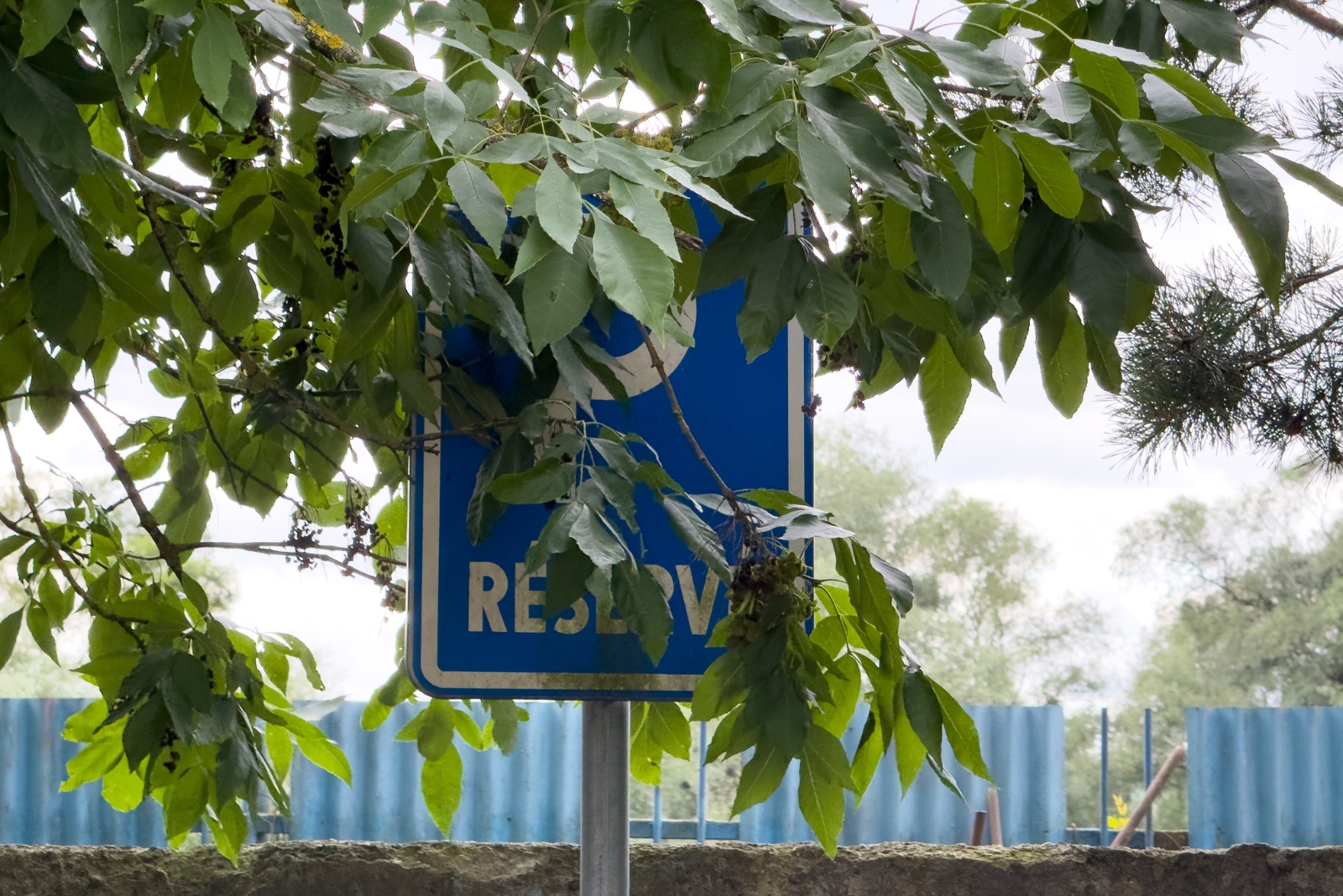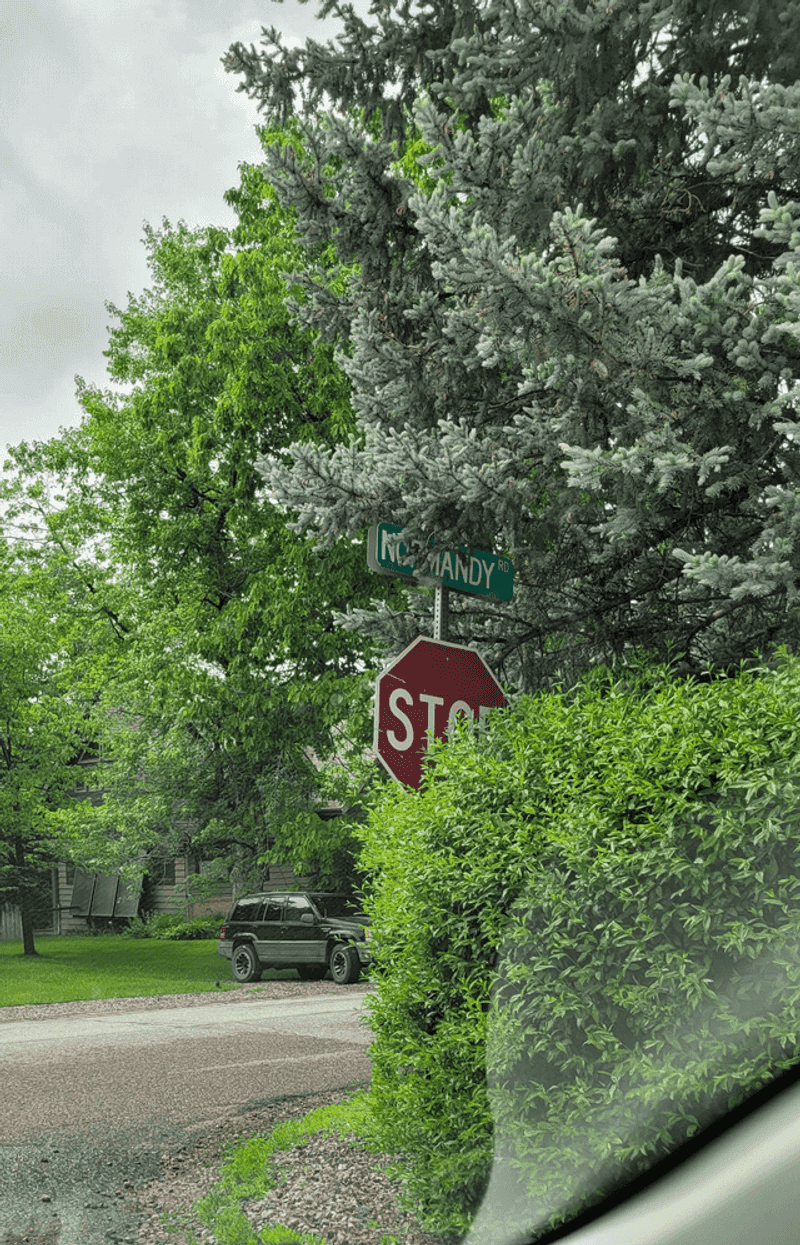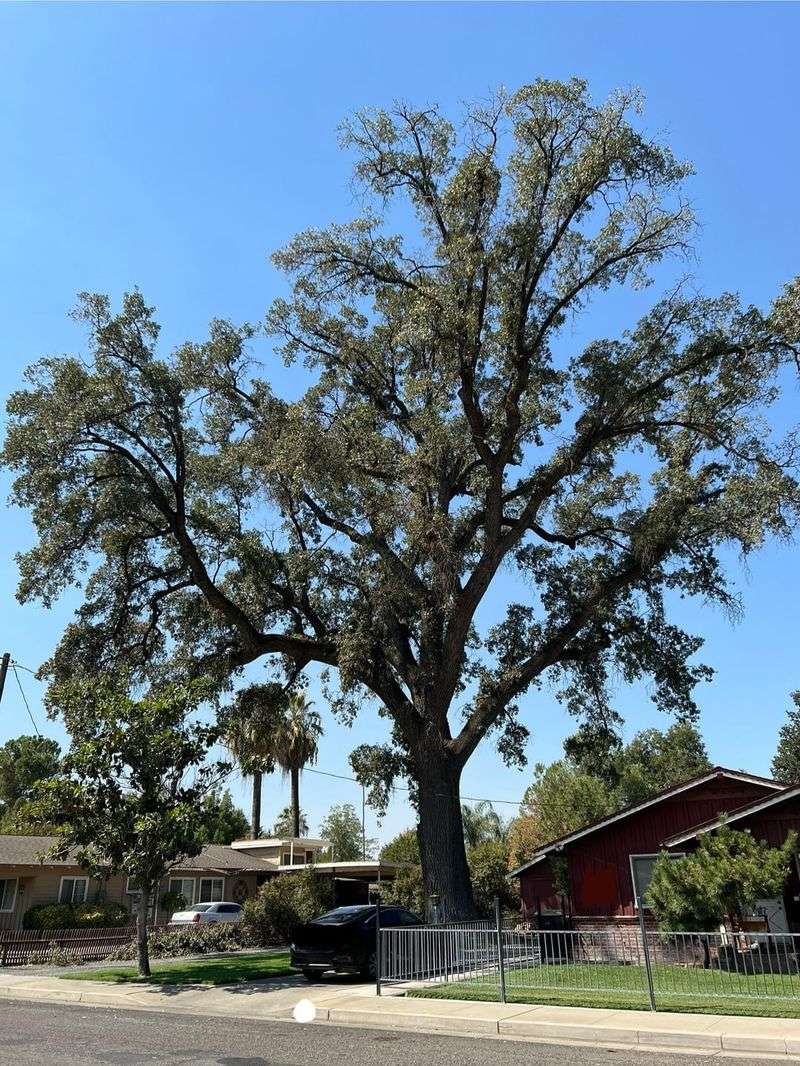California has clear rules about tree maintenance, and the city steps in more often than people realize. I’ve watched homeowners miss deadlines without knowing they had one.
It’s not about being harsh — it’s about safety and access. Knowing the triggers keeps you from getting caught off guard.
1. When Your Tree Blocks Traffic Visibility
California drivers need clear views at intersections and street corners to stay safe. If branches hang too low or spread across stop signs and traffic lights, the city will ask you to trim them back.
Most cities require at least 14 feet of clearance over streets and 8 feet over sidewalks. Ignoring these requests can lead to fines starting around $100. Regular trimming keeps everyone safer and your wallet happier.
2. If the Tree Damages Public Infrastructure
Tree roots don’t care about property lines or city pipes. When roots crack sidewalks, buckle streets, or invade sewer lines in California, the city can require you to fix the problem.
Removal might be necessary if roots cause serious damage to public utilities. Some California cities share repair costs with homeowners, while others make property owners pay everything. Catching root problems early through inspection saves money and hassle down the road.
3. When Disease or Pests Threaten Other Trees
California faces constant threats from invasive pests like the shot hole borer and sudden oak syndrome. A single infected tree can spread problems to dozens of healthy neighbors.
City arborists monitor for these dangers and can order removal of diseased trees to protect the urban forest. Property owners must act quickly once notified. Waiting too long allows diseases to jump to other trees, making the situation worse for everyone in California.
4. If the Tree Creates a Fire Hazard
Wildfires remain a serious concern throughout California, especially during dry months. Trees with excessive deadwood, low-hanging branches near structures, or highly flammable species can create dangerous situations.
Cities in high-risk fire zones enforce strict vegetation management rules. Officials can mandate pruning or complete removal to create defensible space around homes. Following these requirements isn’t just about avoiding fines—it protects your family and neighbors from devastating fires that spread through California communities each year.
5. When Construction or Development Requires It
Sometimes progress means sacrifice. California cities planning new roads, utility installations, or public projects may require tree removal from private property.
Property owners typically receive compensation or replacement trees in these situations. The city must follow legal procedures and provide proper notice before removing your tree. Understanding your rights helps ensure fair treatment when California development projects affect your landscape and property value.
6. If the Tree Poses Structural Danger
Storms, age, and decay can turn beautiful trees into ticking time bombs. Leaning trunks, large dead limbs, or hollow sections threaten people and property below.
California cities employ certified arborists who assess dangerous trees and order their removal when necessary. You might receive a notice giving you days or weeks to handle the problem. Acting fast prevents accidents and shows you’re a responsible property owner who cares about community safety throughout California neighborhoods.
7. When Protected Species Need Preservation
California values its native trees, especially heritage oaks and other protected species. Your property tree might actually belong to a protected category that limits what you can do.
Cities can require you to maintain protected trees properly or face penalties for neglect. Removing protected trees without permits brings serious fines, sometimes thousands of dollars. Check with California city officials before touching any mature native trees to avoid legal trouble and preserve natural heritage for future generations.








